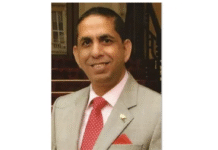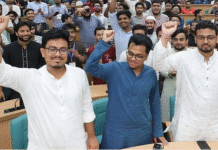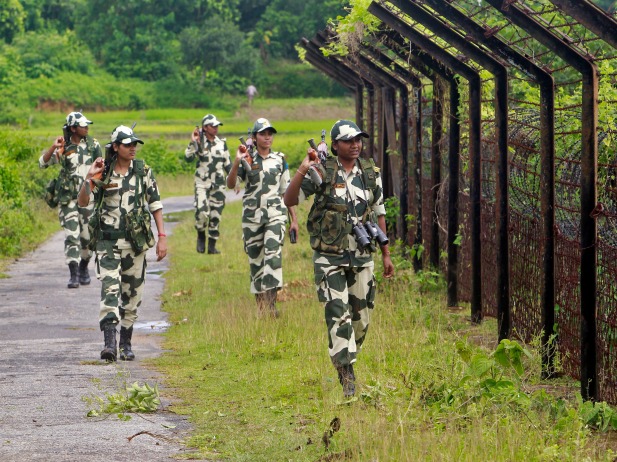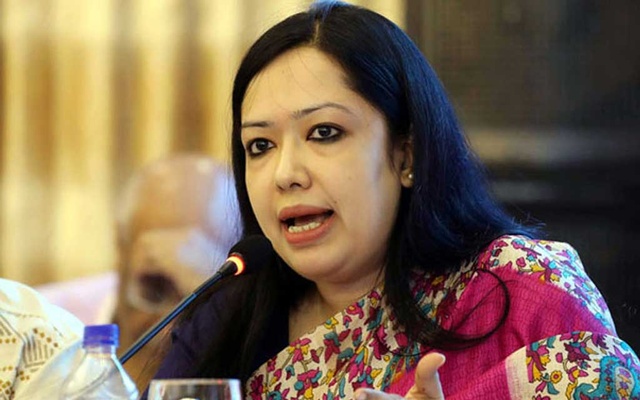TBS

Imagine this: You have only moments ago survived one of the most horrific fire incidents in recent memory. Your body is severely burned, the pain is unbearable, and you are too weak to even speak. The shock of the incident drained the last remaining portion of your energy.
The real struggle is yet to come — with the possibility of getting infected in the burnt area by coming in contact with others, your best interest should be to stay isolated.
Suddenly, a journalist approaches you with a boom microphone, accompanied by a videographer, asking for details about the incident — how it happened, what the victim was doing at the time, and how they are feeling now.
This is clearly not an appropriate moment for any victim to give a statement.
Strangely enough, this unfolded right on the heels of the Milestone tragedy. Barely moments after the plane went down on 21 July afternoon, people started flooding in from all directions.
It felt as though the crowd of curious onlookers outnumbered those who were actually trying to help. There was even a hint of rivalry in the air — who could snap the closest photo or film the most dramatic clip to share online first.
As soon as the victims were rushed to the hospitals, including the National Institute of Burn and Plastic Surgery, another wave of people began to arrive — this time, those in positions of authority and responsibility.
Top leaders of Bangladesh Nationalist Party, including Mirza Fakhrul Islam Alamgir, Ruhul Kabir Rizvi, and Shahid Uddin Chowdhury Anee went there flanked by activists and supporters.
In a video circulated online, a doctor is seen pleading with them, hands folded, asking them not to enter — for the sake of the patients. Despite repeated pleas from the doctor, they entered the hospital.
The chief of the Bangladesh Jamaat-e-Islami, Dr Shafiqur Rahman went there — not alone, but was accompanied by the secretary general and around a hundred more of his partymen. He was seen waving his hands. After visiting the victims with several top leaders and photographers and speaking to the doctors, he offered “counsel” to ensure the victims received proper treatment.
After the meeting, he spoke to the journalists in a press conference. During the press conference, Jamaat’s Dhaka South Secretary Md Shafiqul Islam Masud was seen smiling and waving his hand to the audience.
On the same day, the Jamaat chief went to visit the injured at Uttara Adhunik Medical College but was “resisted” by Chatradal members. This led to a scuffle between Chhatrashibir and Chatradal in front of the hospital.
The national election is just a few months away — no wonder political leaders will try to chip in every possible incident to stay relevant and maximise their time on the screen. But during a tragedy like this, being sensible is probably more important than being relevant.
“Lately, there seems to be a sudden and desperate rush towards populism among everyone. Whether someone has passed away or achieved something remarkable, the mindset appears to be: ‘I must be in front of the camera”, said researcher and political analyst Altaf Parvez.
He defines such obsession as “a brutal form of populism.”
Moreover, six advisers from the interim government arrived at the Burn Institute on 21 July. Thousands of curious onlookers gathered around, turning the hospital entrance into a scene of chaos. Owing to the presence of the advisers and political leaders, ambulances carrying the victims were delayed in reaching the emergency ward.
“What happened at Milestone was a health emergency — a disaster emergency. Naturally, the health adviser should be present,” said Altaf Parvez, adding, “What role do the law adviser or other advisers have there? Meanwhile, thousands were gathering in front of the hospital.”
“Whether the disaster is personal or national, those who are national leaders or policymakers must carefully consider what is appropriate for them to do in such situations,” he noted.
Meanwhile, the actions of TV and mobile journalists who rushed to the victims right after they reached the hospital might cause damages beyond repair. Asking victims to describe what happened or how they felt, just moments after the trauma, may cause lasting psychological harm, according to mental health researcher Dr Helal Uddin Ahmed.
“Those who are critically injured need urgent medical care. Even those (with minor or no physical injuries) who witnessed the event may feel traumatised. Journalists have a duty to report, but victims must be given time to recover from the trauma before being questioned,” he remarked.
He mentioned that when in shock, people may struggle to speak clearly or recall events accurately. “Rushing them risks spreading incorrect information. For both ethical reporting and effective investigation, physical treatment must come first, and the traumatised person must be allowed time to regain composure,” he concluded.









